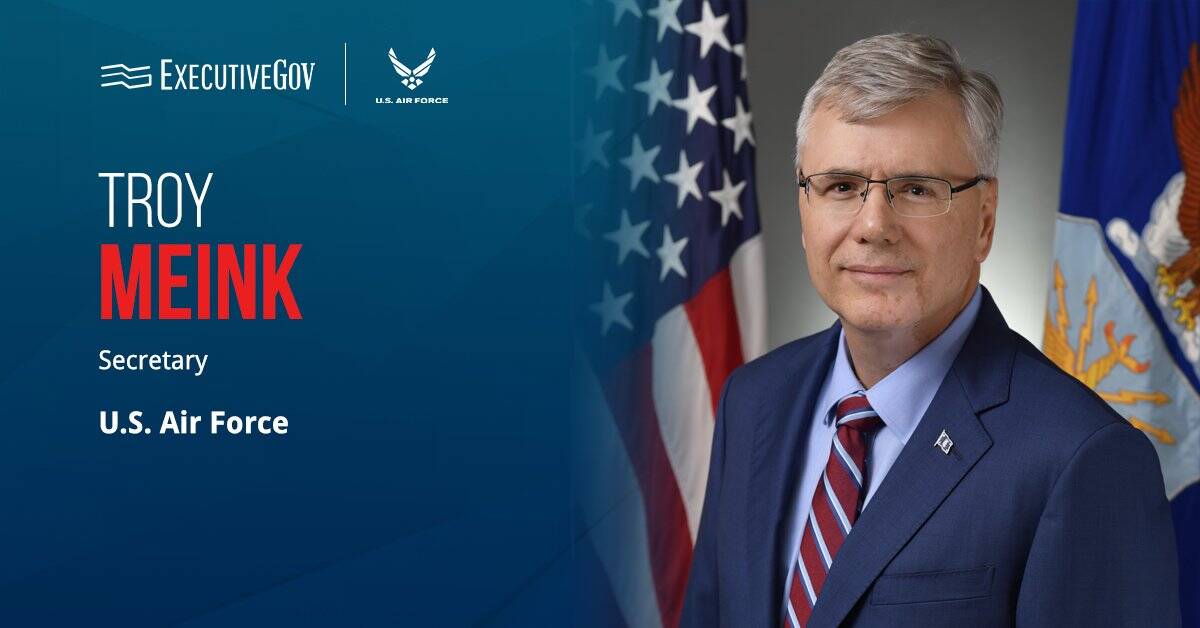 Gen. Mark Milley, U.S. Army chief of staff, has launched a service analysis of the military branch’s battlefield networks in response to congressional concerns over a future mobile satellite communications network, Defense Systems reported Tuesday.
Gen. Mark Milley, U.S. Army chief of staff, has launched a service analysis of the military branch’s battlefield networks in response to congressional concerns over a future mobile satellite communications network, Defense Systems reported Tuesday.The report said the Army seeks to determine how the future Warfighter Information Network–Tactical infrastructure can be reconfigured to prepare for potential threats.
Loren Thompson, defense industry consultant and chief operating officer at The Lexington Institute, said he expects Congress to increase funds for WIN-T Increment 2 in fiscal 2018.
WIN-T has been used to support more than 16 Brigade Combat Teams and ground combat operations.
The Senate Armed Services Committee proposed a $448 million funding cut for the WIN-T program after some SASC members voiced concerns over the network’s combat functions.





